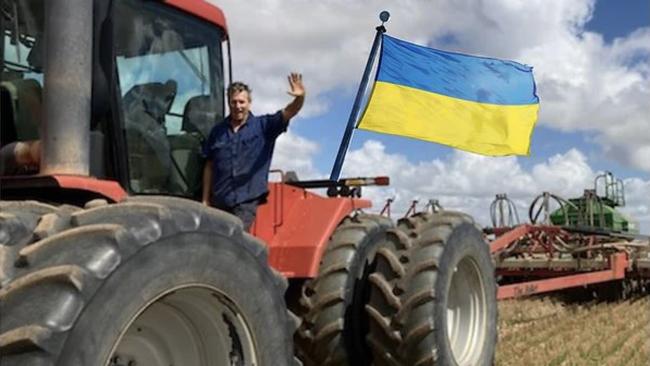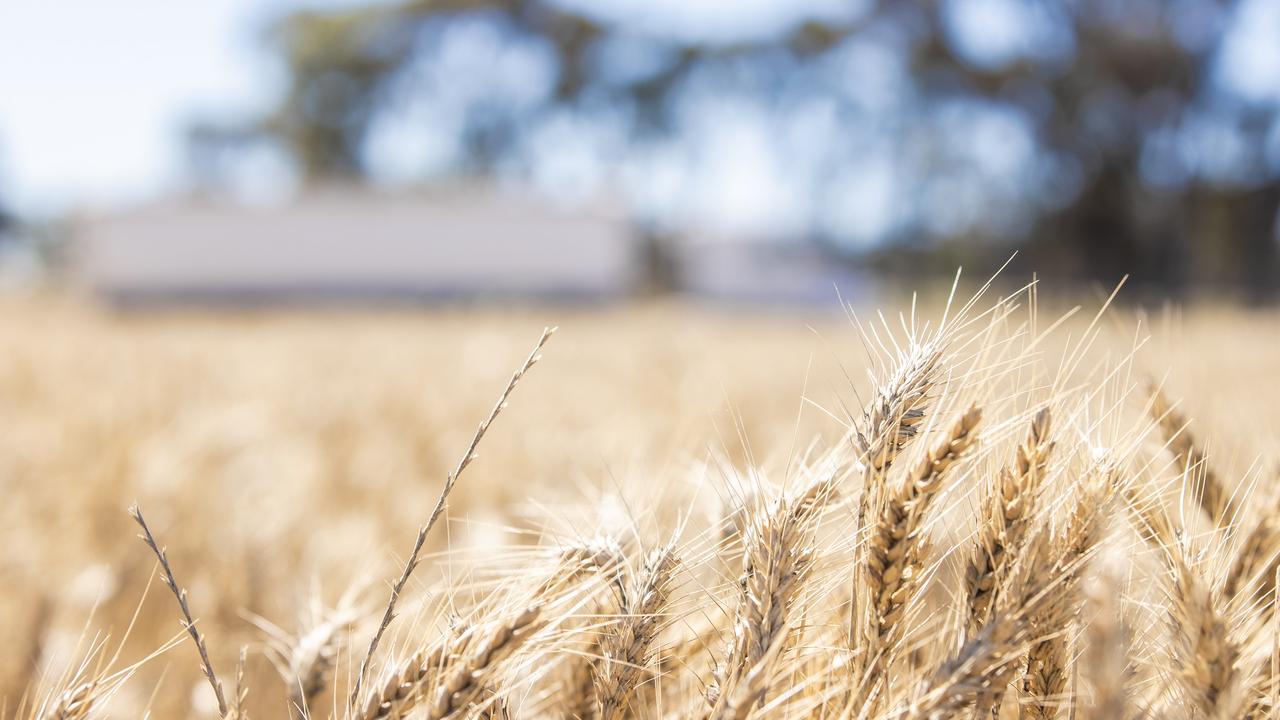Grower frustration over discounted wheat prices
Australian wheat is discounted compared to global prices, but experts say there are changes that could improve grower returns.
WHEAT futures have risen in response to Russia’s increased mobilisation in Ukraine, but growers say more needs to be done to address discounts on Australian grain.
Chicago Board of Trade wheat futures hit their highest levels since March this month, driven by trader concerns over Black Sea exports.
CBOT wheat futures were listed at $AU486/tonne ($US8.58/bushel) as of Monday.
Australian ASX wheat futures increased $19 in a week to $445 a tonne as of Friday. Prices for all wheat grades departing Melbourne have remained firm, with APW listed at $440.
Grain Producers Australia southern region director and Wimmera grower Andrew Weidemann said a lack of competition in Australia was affecting prices.
“When you haven’t got a lot of competition in the market, you’ll see prices that are depressed the way they are,” Mr Weidemann said.
A lot of farmers had not forward sold grain this year due to concern over quality in a wet season, so would be reliant on prices at harvest, Mr Weidemann said.
“There’s a real concern of the quality that may actually come out,” he said.
Mr Weidemann said the discount for Australian wheat was evidence of the need for an Australian Competition and Consumer Commission inquiry.

Grain Trade Australia chief executive Pat O’Shannessy said Australia’s ageing road and rail systems were the biggest hindrance to growers receiving higher prices, and an ACCC inquiry was not necessary.
In order to move large volumes of grain to port at a time when international markets were demanding them, Australia needed to improve road and rail efficiency, he said.
Thomas Elder Markets analyst Andrew Whitelaw said an expected glut of wheat from this year’s harvest was likely to keep Australian prices in check.
But continued volatility from the Russia-Ukraine conflict could lead to price increases over coming weeks and months, he said.
As of Tuesday, the Black Sea grain corridor remained open, which meant exports from the region could continue. Any impact on Ukraine’s exports would send prices higher, he said.
Discounts on wheat were higher on the west coast compared to the east coast due to the west coast’s greater reliance on export markets, Mr Whitelaw said.
Western Australian grain grower Simon Wallwork said while prices had gone down, yield potential on the west coast was looking “really good” as harvest approached, and he was hopeful yields would be high enough that growers felt they could afford to donate grain to assist Ukraine’s recovery through the Grain4Ukraine initiative.
More Coverage






